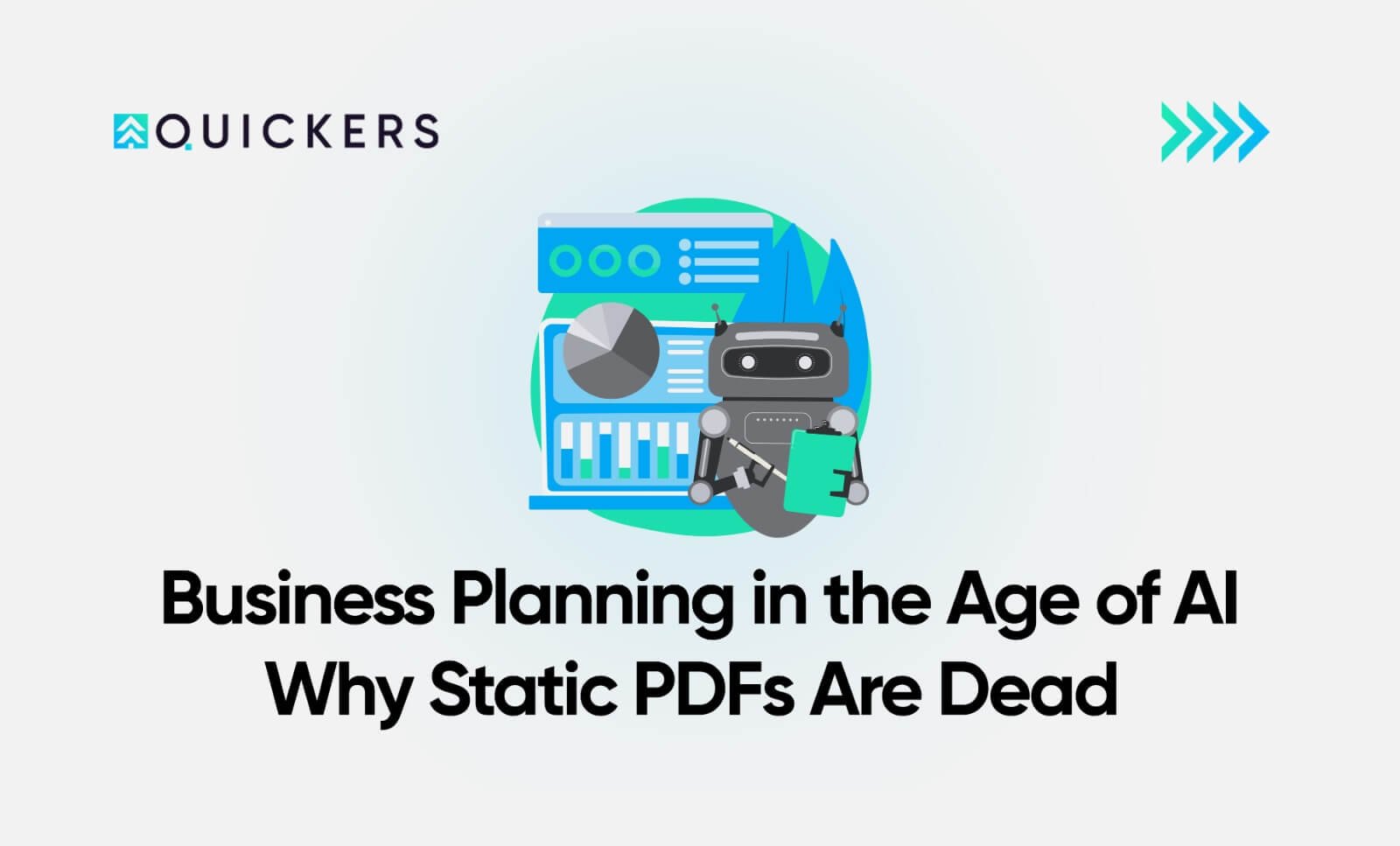
Sales
Join and earn Quick AI Credits!
Sales
Join and earn Quick AI Credits!
At Quickers, we add structure, speed, and precision to your business. We do this with our expert Six Sigma consulting services. Whether you’re scaling up, facing quality issues, or aiming to boost efficiency, we offer data-driven solutions that focus on impact
Modern businesses operate in fast, complex environments. Without good process control and optimisation, it’s easy to get stuck in cycles of inefficiency, rework, and higher costs. That’s where our Lean Six Sigma consulting services come in. We help organizations:
We help find and cut out extra processes, unused tools, and wasteful overhead. This way, your IT operations can provide the most value while using the least resources.
We standardise workflows and use Lean IT principles. This helps us cut down on variation, reduce manual errors, and boost reliability in your services and support systems.
Lean IT is about informed action. We use data-driven monitoring and reporting. This helps your teams respond quickly, optimise constantly, and stay in line with business goals.
Our approach to Six Sigma services is practical and tailored. We apply globally recognized methodologies—like DMAIC and Lean—to solve problems specific to your industry and tech stack.
Our services cover:
Workflow diagnostics and root cause analysis
KPI alignment and performance measurement
Redesign of critical processes
Lean-based cycle time and cost reduction
Employee training and change enablement
Every engagement starts with a discovery phase. During this phase, we map your current processes, find gaps, and define what success means to you. Then we build a step-by-step roadmap that aligns with your business goals.
We work across departments—engineering, QA, operations, and compliance. We make sure process excellence becomes part of your culture, not just a project.
At Quickers, we go beyond reports. Our lean Six Sigma services are designed to generate real outcomes:
Significant reduction in process inefficiencies
Faster turnaround time on critical operations
Noticeable cost savings through streamlined workflows
Improved consistency, customer satisfaction, and team alignment
Built for Operational Precision, Continuous Improvement, and Customer-Centric Results. We customize Six Sigma strategies to tackle your unique business challenges. This drives clear improvements in quality, efficiency, and customer satisfaction.

We use real-time analytics and clear KPIs to guide our improvements. Six Sigma uses evidence instead of guesswork. This approach boosts accuracy, speed, and confidence in operations.
Every process improvement is tied directly to customer satisfaction. We help you build systems where quality isn’t just internal — it’s felt by the end user.
(SPC) constantly monitors process performance, 24/7. These tools help us spot issues quickly, ensuring we maintain consistency. With a keen eye, we ensure quality standards are upheld in both teams and technology.
We find ongoing problems and inefficiencies, then fix them at the source. By targeting process variation, we help you reduce costly errors and save time and resources.
Our training takes your team from beginner to master level. This way, you’ll have certified Six Sigma professionals in every role. This fosters deep in-house capability for long-term quality leadership.
Six Sigma isn’t a one-time fix — it’s a mindset. We help you build a space where daily operations focus on ongoing improvement, not just quarterly goals.
Brief explanations of our main abilities, progress with adopting them and what makes them valuable to a business
They identify, analyse, and improve business processes. They use structured frameworks and data-driven tools. This leads to greater efficiency and less waste.
Absolutely. Tech companies, SaaS providers, and digital operations gain a lot from Six Sigma services. They see better reliability, faster delivery, and clearer process visibility.
Yes, knowledge transfer and capability building are important parts of our approach. We offer various training options from basic Six Sigma awareness to comprehensive certification programs that build internal expertise.
Lean Six Sigma consulting services blend speed and efficiency (Lean) with quality and precision (Six Sigma). It’s a dual approach to eliminating waste and minimizing variation.
Not at all. Our consultants guide you through every step, regardless of your experience level. We tailor our approach to match your team’s familiarity with Lean Six Sigma—making the process clear, actionable, and effective from day one.
Results can begin to surface within a few weeks, especially for targeted improvements. However, most clients see significant performance gains and cost reductions within 2–3 months, depending on the complexity of the processes and the scope of implementation.
Don’t let inefficiency hold you back. Our team is ready to apply Six Sigma consulting services to streamline your business and unlock next-level growth.
Unlock higher efficiency, lower costs, and process excellence by integrating Lean Six Sigma into your IT strategy. Our expert consultants help you eliminate inefficiencies, automate workflows, and drive measurable results—starting with a quick, no-obligation conversation.
Alicante, Spain EU
Firenze, Italy EU
London, Bexleyheath, UK
Karachi, Pakistan
hello@quickers.com
Atlanta Motorsports Park Amps Up
Its Dawsonville Track Campus With
358kW Solar Array
Atlanta Motorsports Park Amps Up
Its Dawsonville Track Campus With
358kW Solar Array
Atlanta Motorsports Park Amps Up
Its Dawsonville Track Campus With
358kW Solar Array









See how Quickers Venture Builder drives innovation with advanced Deep Tech Infrastructure